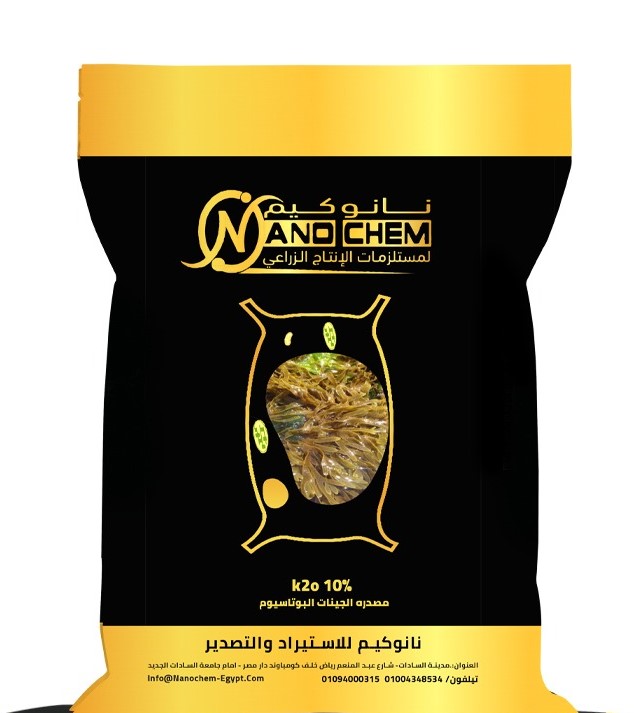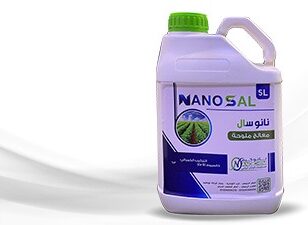Introduction:
The Red Palm Weevil (Rhynchophorus ferrugineus) is one of the most destructive pests affecting palm trees across the world, particularly in regions like the Middle East, North Africa, and Southeast Asia, where palm cultivation plays a significant economic and cultural role. This invasive insect can cause extensive damage to palm trees, often resulting in their death if not properly treated. To mitigate the severe impact of this pest, various solutions have been developed, including the Palm Weevil Treatment systems, which employ diverse strategies for controlling its spread.
The Menace of the Red Palm Weevil
The Red Palm Weevil is a beetle characterized by its reddish-brown color and long snout, used to burrow into palm trees. Female weevils lay eggs in tree crevices, and once hatched, the larvae feed on the inner tissues, hollowing out the trunk. This internal damage weakens the tree, often leading to its collapse. Signs of infestation include oozing brown fluids, small holes on the trunk, wilting fronds, yellowing leaves, falling palm leaves, and foul odors from rotting tissues inside the tree.
Innovative Treatment Solutions
- Chemical Control
Chemical pesticides are widely used to control Red Palm Weevil infestations. Applied by injecting the trunk or external spraying, these chemicals can kill larvae and adult weevils, providing immediate results. However, the environmental impact of chemical treatments, including soil and groundwater contamination, poses significant challenges.
- Biological Control
Biological control leverages natural enemies of the weevil, such as pathogenic fungi, bacteria, and nematodes. For instance, the fungus Beauveria bassiana can infect and kill weevils by penetrating their exoskeletons. This method is environmentally friendly but may be less effective in varying environmental conditions.
- Pheromone Traps
Pheromone-based traps use synthetic chemical signals to lure and capture weevils. These traps are highly effective without excessive chemical use, making them ideal for large-scale plantations and urban environments.
- Smart Technologies
Advanced technologies like drones, acoustic sensors, and AI-based remote monitoring systems are revolutionizing weevil control. Drones equipped with cameras and sensors can quickly identify infected trees, while acoustic sensors detect weevil larvae activity. Mobile applications and online platforms help farmers report infestations, enabling faster responses from agricultural authorities.
Overcoming Challenges
Despite these solutions, several challenges persist:
- Resistance to Pesticides: Weevils can develop resistance to chemical treatments, necessitating the continuous development of new pesticides.
- High Costs of Smart Technologies: Advanced technologies may be expensive for small-scale farmers, requiring sophisticated infrastructure.
- Lack of Awareness Among Farmers: Many farmers lack the knowledge or resources to detect and treat infestations early.
- Favorable Environmental Conditions: Warm and humid climates favor weevil proliferation, making eradication difficult.
Integrated Pest Management (IPM)
An Integrated Pest Management (IPM) approach combines multiple pest control methods—chemical, biological, mechanical, and technological—to achieve effective and sustainable outcomes. For instance, pheromone traps can monitor weevil populations, followed by targeted chemical treatments in severe areas, with biological controls maintaining long-term suppression. Drones and sensors can survey plantations, detecting new outbreaks early.
Conclusion
The Red Palm Weevil is a significant threat to palm agriculture, necessitating a multifaceted approach that balances effectiveness, sustainability, and environmental impact. Early detection, farmer awareness, and the integration of diverse control methods are crucial for the long-term health of palm trees. Continued research and technological innovation will be vital in overcoming the challenges posed by this pest, safeguarding the economic and ecological value of palm groves worldwide.
Ms. Hajar Fawzy







